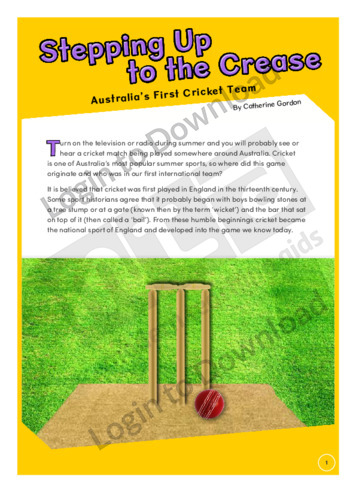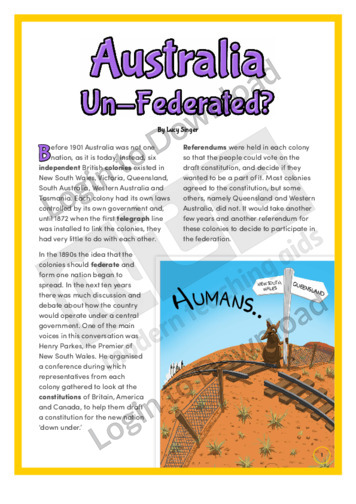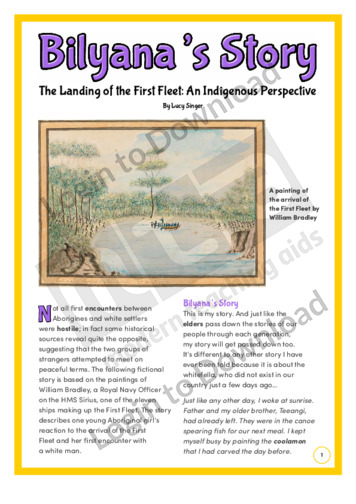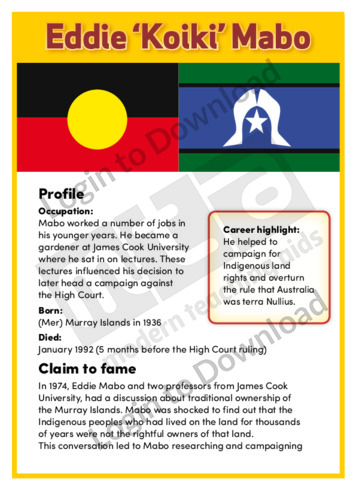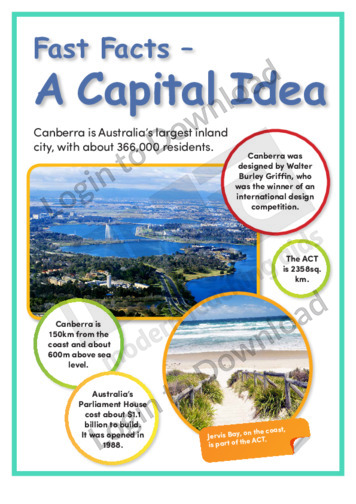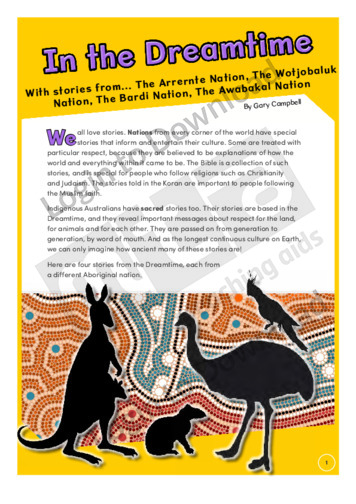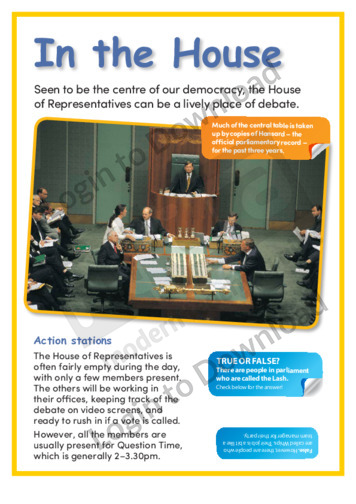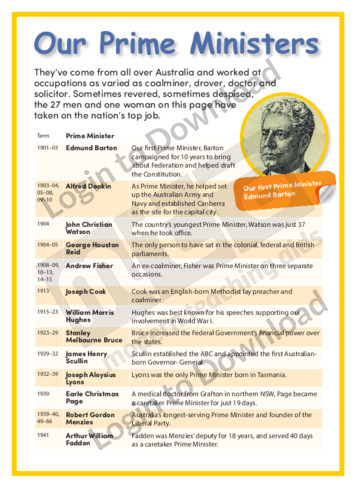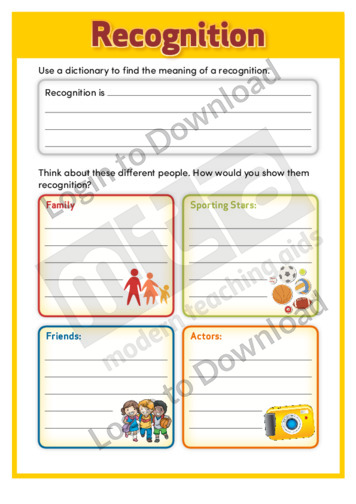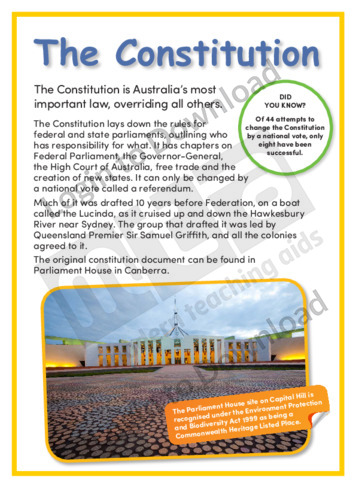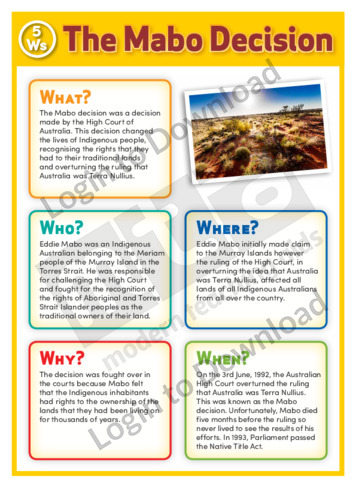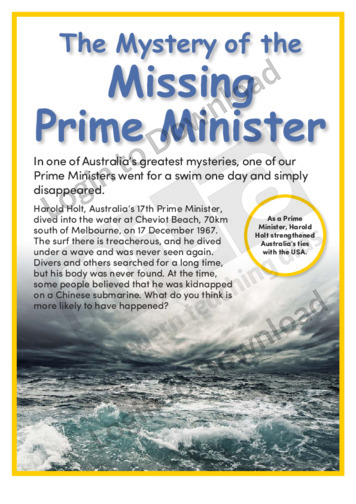This history article, ‘Chitty in Changi: An Unofficial Winner’ profiles an Australian World War II soldier who became an Australian Football star while being held captive in a Prisoner of War camp. It provides factual information and is aimed at broadening students’ cultural and historical awareness.
This history article, ‘Game, Set, Match: Rod Laver’ features famous Australian tennis star Rod Laver. It provides factual information about Rod’s life and career and is aimed at broadening students’ cultural and historical awareness.
This history article, ‘Stepping Up to the Crease’ features Australia’s first cricket team. It includes factual information about how cricket became popular in Australia and is aimed at broadening students’ cultural and historical awareness.
This history article, ‘Australia Un-Federated’ imagines what it would be like if the British colonies of Australia had never joined together to form one nation. It provides factual information about how Australia was formed and is aimed at broadening students’ cultural and historical awareness in a fun and engaging manner.
This history article, ‘Bilyana’s Story’ features a young Aboriginal girl’s story of the arrival of the First Fleet and her first encounter with a white man. It is aimed at broadening students’ cultural and historical awareness.
This article, ‘Canberra’s First People’ provides students with factual information about the ACT’s Indigenous history. It describes the past and present influence of Aboriginal culture on the nation’s capital city with particular focus on the Ngunawal people. This is a great resource for broadening students’ cultural and historical awareness and could be a useful prompt …More
This history poster ‘Eddie ‘Koiki’ Mabo’ features important factual information about this Indigenous Australian activist who campaigned for Aboriginal and Torres Strait Islander land rights. This is a great resource for broadening students’ knowledge about the man who was highly influential in the decision to overturn the ruling that Australian was Terra Nullius. It could …More
This article, ‘Fast Facts – A Capital Idea’ provides students with factual information about Australia’s capital city, Canberra. The article outlines some key facts and statistics about Canberra and its history, and includes a detailed map of the city featuring the main cultural and political landmarks. This great resource can be used to develop students’ …More
This history article, ‘First Fleet Roll Call’ features some of the prisoners who left Britain in 1787 to journey to the colony of Australia. It provides factual information about the prisoners, including their name, age, crime and sentence, and is aimed at broadening students’ cultural and historical awareness.
This article, ‘How to Make a New Law’ provides students with detailed factual information about the legislative process in Australia. It explains how there are various groups which make up our democracy who can influence the introduction of new laws, from individual citizens to government bodies. This is a great resource for broadening students’ political …More
This history article, ‘If Skeletons Could Talk’ features a mock interview with Mungo Man, Australia’s oldest and almost complete skeleton ever excavated. It provides factual information about the discovery of Mungo Man and its significance and is aimed at broadening students’ cultural and historical awareness in a fun and engaging manner.
This history article, ‘In the Dreamtime’ features stories based on the Dreamtime from different Aboriginal nations. It includes stories from four different nations and is aimed at broadening students’ cultural and historical awareness.
This article, ‘In the House’ provides students with factual information about the House of Representatives. It explains the House of Representatives’ day to day activities along with some key facts and statistics about the building that is the focal point of Australian politics. This is a great resource for broadening students’ political knowledge and interest …More
This history article, ‘Indigenous Australia’ features a timeline of significant events in Indigenous Australian history. It provides factual information and is aimed at broadening students’ cultural and historical awareness.
This history article, ‘Indigenous Civil Rights’ features the history of Indigenous civil rights in Australia. It provides factual information about significant events surrounding Indigenous civil rights and is aimed at broadening students’ cultural and historical awareness.
This history article, ‘Indigenous Hall of Fame’ features some of Australia’s most famous Indigenous people. It provides factual information about these people’s lives and accomplishments and is aimed at broadening students’ cultural and historical awareness.
This history article, ‘Len Waters: Pioneer of Indigenous Aviation’ features Len Waters, the first and only Aboriginal pilot to serve in the Royal Australian Air Force during World War II. It provides factual information about his life and some of his achievements, and is aimed at broadening students’ cultural and historical awareness.
This hands-on activity, ‘Make a Paper Boomerang’ shows students how to make their own paper boomerang. It includes step-by-step instructions and a paper boomerang template and is aimed at broadening students’ cultural and historical awareness in a fun and engaging manner.
This music article, ‘Music Around the World: Didgeridoo’ features the origins of this unique wooden instrument. It provides information about what didgeridoos are made of, who plays them and some of the Aboriginal names for them. It is aimed at broadening students’ historical, cultural and musical awareness in an engaging manner.
This history article, ‘My History… with Samantha Harris’ features an interview with famous Australian Indigenous model Samantha Harris. It provides factual information about Samantha’s life and career and is aimed at broadening students’ cultural and historical awareness.
This short nonfiction text ‘National Reconciliation Week’ features important factual information relating to National Reconciliation Week in Australia. It is aimed at broadening students’ awareness of the Stolen Generations, how Australians are going about reconciling these past wrongs today and the history of reconciliation in Australia.
This article, ‘Our Coat of Arms’ provides students with factual information about the history behind the Australian coat of arms and includes examples of how and where it is displayed today. It also features profiles of the emu and the kangaroo and explains their significance to the Australian coat of arms. This is a great …More
This article, ‘Our Democracy’ provides students with detailed factual information about the political system in Australia. It describes Australia’s political structure, from the representative system to the various leading political parties. This is a great resource for broadening student’s political knowledge and could be a useful prompt for further study or discussion of national and …More
This worksheet, ‘Recognition’ is a fantastic resource that encourages students to explore the concept of recognition. It prompts students to relate the concept of recognition to how they show or receive recognition in their own lives. It provides a great foundation to the concept of Indigenous recognition, why it is important and how we can …More
This worksheet, ‘Reconciliation Acrostic Poem’ is a fantastic activity to brainstorm ideas about the meaning of reconciliation. It is a fun activity that can be used without preparation and across all age groups and abilities. Students are required to use the letters from the word reconciliation to describe its meaning in relation to themselves and …More
This worksheet, ‘Reconciliation Crossword’ provides students with the opportunity to use skills including vocabulary, reasoning and spelling to find the correct reconciliation words to complete the puzzle. It encourages students to identify and understand the terms being used and to build on their vocabulary of key words used on National Sorry Day or during National …More
This worksheet, ‘Reconciliation True or False’ is a thought-provoking activity that requires students to asses the truth of facts about the history of reconciliation in Australia. Many students may presume the answers quickly only to realise their assumptions were not correct which can lead to interesting discussions and further research. An answer sheet is also …More
This worksheet, ‘Reconciliation Unscramble’ is a great activity that encourages students to study the sounds and spellings of words associated with reconciliation. Students will be challenged to unscramble letters to find common words used in celebrations during National Reconciliation Week or on National Sorry Day. An answer sheet is also provided.
This worksheet, ‘Reconciliation Word Search’ gives students the opportunity to learn new vocabulary and improve their spelling of words associated with reconciliation. Students must scrutinise the spelling of each word on their list, ensuring new vocabulary is committed to memory with the correct spelling.
This worksheet, ‘Reconciliation Word Shapes’ is a great resource that encourages students to examine the spelling and letter shapes of words associated with reconciliation. Students must use the word bank to match the letter shapes to the correct words. An answer sheet is also provided.
This worksheet, ‘Referendums’ is a great resource that encourages students to explore the concept of referendums. It prompts students to relate voting to a change they would like to make in their own lives and why referendums are an important aspect to democracy.
This article, ‘Secrets of the National Museum’ provides students with factual information about the history of the National Museum in Canberra. It includes details about the museum’s unique design along with informational about some of its most interesting and significant exhibits. This resource can be used to develop students’ knowledge and appreciation of Australian cultural …More
This worksheet, ‘Terra Nullius’ is a very simple resource that encourages students to explore the concept of Terra Nullius. It also outlines the meaning of Native Title and prompts students to discuss why the concept of Native Title might be important to Indigenous Australians.
This article, ‘The Constitution’ provides students with factual information about the Australian Constitution. It explains the story behind its formation and the function and significance of the Constitution in modern Australia. This is a great resource for developing students’ historical and political awareness and could be a useful prompt for further study or discussion of …More
This article, ‘The First Australians’ provides information about the history of Aboriginal and Torres Strait Islander peoples in Australia. It is aimed at broadening students’ awareness of the changes that have been made in the Australian constitution to include Indigenous Australians.
This hands-on activity, ‘The Great Hidden Continent and the Age of Exploration’ describes the discovery of Australia and how this southern continent was a mystery to those north of the equator. It provides factual information and is aimed at broadening students’ cultural and historical awareness in a fun and engaging manner.
This history article, ‘The Legend of Kotai’ features a family who fled Hungary to start a new life in Australia during the aftermath of World War II. It provides factual information about the various hardships the Kotai family faced during their journey and is aimed at broadening students’ cultural and historical awareness.
This short nonfiction text ‘The Mabo Decision’ features important factual information relating to The Mabo Decision made by the High Court of Australia in 1992. It is aimed at broadening students’ awareness of the history of Indigenous land right issues in Australia.
This history article, ‘The Menu of Multiculturalism’ describes Australia’s journey to becoming a multicultural nation. It provides factual information about Australian history and multiculturalism and is aimed at broadening students’ cultural and historical awareness.
This article, ‘The Mystery of the Missing Prime Minister’ provides students with factual information about the mysterious disappearance of former Prime Minister Harold Holt. This is a great resource for broadening students’ political and historical knowledge and could also be used as a foundation for further study or discussion about mysteries and conspiracy theories.
This short nonfiction text ‘The Referendum of 1967′ features important factual information relating to the Australian referendum of 1967. It is aimed at broadening students’ awareness of the lives of Aboriginal and Torres Strait Islander peoples before and after the changes to the constitution. It is a simple and easy resource to supplement teaching about …More
This article, ‘The Ultimate $2 Shop’ provides students with factual information about the Royal Australian Mint in Canberra. It explains how the role of the Royal Australian Mint has changed over the years as the Australian currency has undergone various changes and features some interesting facts and statistics about Australian money. This is a great …More
This history timeline, ‘Timeline of Reconciliation’ features a series of events that outline the changes and issues that have been present in Australian history in regards to Indigenous rights. This is a great resource for broadening students’ historical knowledge about Australia and Aboriginal and Torres Strait Islander peoples and could be used to further prompt …More
This article, ‘Top Job – Prime Minister’ provides students with factual information about the role of the Australian Prime Minister. It includes some key facts and statistics about some of Australia’s past Prime Ministers along with details about the Australian electoral system. This is a great resource for developing students’ political knowledge and interest both …More
This history article, ‘What’s in a Name?’ explains the origins of the names of many of Australia’s famous places. It provides factual information about Australian history and is aimed at broadening students’ cultural and historical awareness in a fun and engaging manner.
This article, ‘When Australia Became a Nation’ provides students with factual information about the formation of the Federation of Australia in 1901. It describes the circumstances leading up to Federation and the role played by Sir Henry Parkes, the then Premier of New South Wales. This is a great resource for developing students’ historical knowledge …More
This history article, ‘William Dampier: the Pirate Who Found Australia’ features the life and times of William Dampier, an English buccaneer who visited Australia in 1688. It provides factual information about this infamous pirate, and is aimed at broadening students’ cultural and historical awareness.
This history article, ‘Aviation Through the Ages’ features different breakthroughs in the field of aviation. It provides an online website, as well as factual information about the Montgolfier brothers, the Wright brothers, Harry Houdini and the Royal Flying Doctor Service, and is aimed at broadening students’ cultural and historical awareness.
This short nonfiction text ‘National Sorry Day’ features important factual information relating to National Sorry Day in Australia. It is aimed at broadening students’ awareness of the Stolen Generations and how Australians are going about reconciling these past wrongs today.
This article, ‘Tree from the Battlefront’ features a true story about some seeds collected by an Australian soldier in Gallipoli in World War I. One of the seeds grew into a pine tree that stands at the Australian War Memorial in Canberra as a living symbol to commemorate those who lost their lives there. This …More
It�s that easy!



